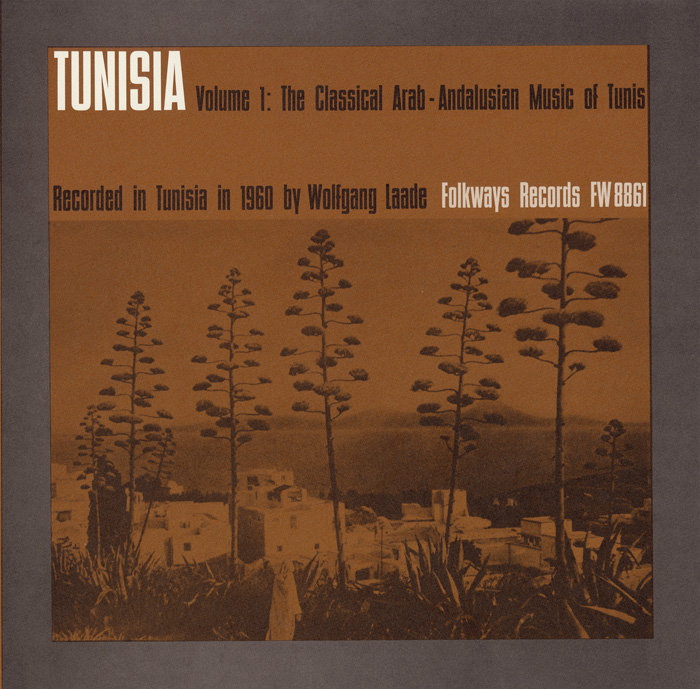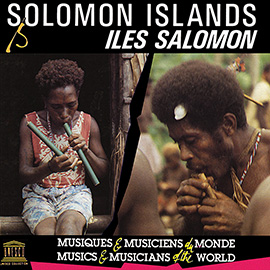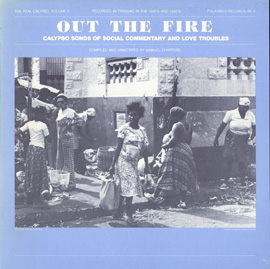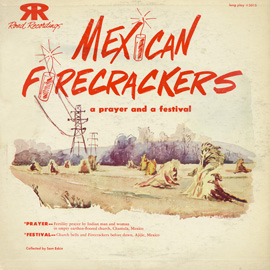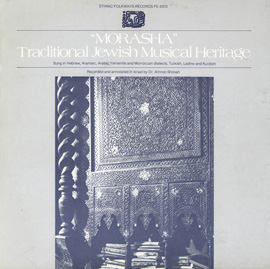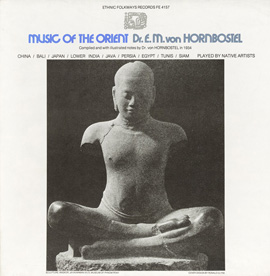Track Listing
|
101
|
S¯alih al-Mahd¯i
|
02:02 | |
|
102
|
Orchestra of the Rachîdia
|
07:20 | |
|
103
|
Tahar Gharsa
|
06:03 | |
|
104
|
Association Musulmane de Musique
|
10:22 | |
|
201
|
Khaled Kaak
|
04:18 | |
|
202
|
Orchestra and chorus of the Rachîdia
|
22:41 |


